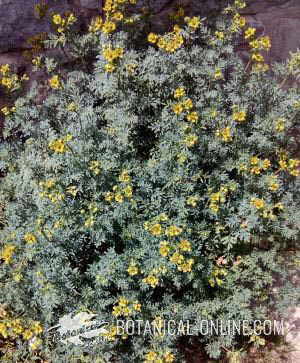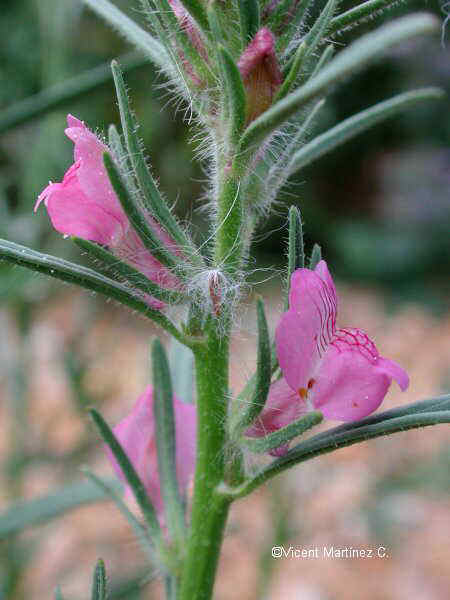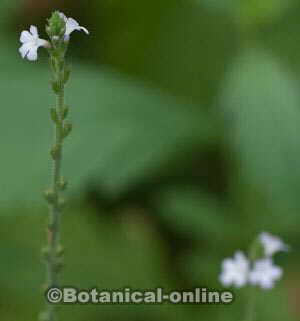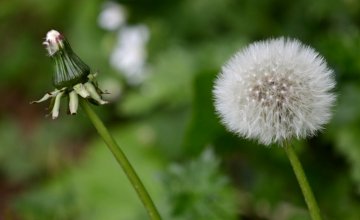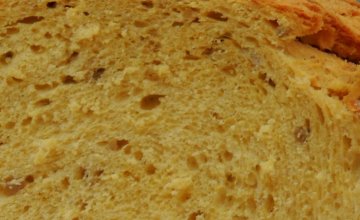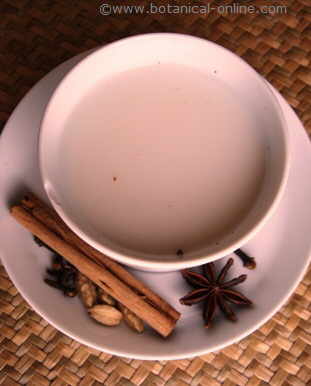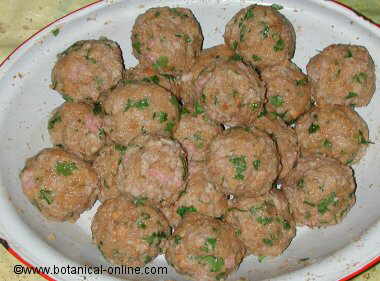Anise. Plagues and diseases:
Among the main diseases we can consider:
- “Rust” of pimpinella: It is a disease that affects the Pimpinella sort, being very common in Burnet (Sanguisorba major) is produced by microfungi Puccino pimpinillae that attacks the leaves and stems in which there are brown spots red. It occurs mainly in specimens planted in poorly ventilated and damp.
The best prevention consists of avoiding the excess of humidity and facilitating the ventilation, spacing the units and avoiding to plant them in humid, shady places or in depressions.
- Erysiphe martii: They are tiny fungi of spherical form very difficult to see due to their small size. Increase seen in the microscope appear as small dark balls which radiate a series of appendices. They cause rotting of the leaves. They thrive in damp places, hence they are very common during the autumn rains. The best prevention is to use the methods described above.
The main plagues are:
- Lepidoptera: Larvae of these insects feed on the flowers. Between them are the caterpillars of butterflies as well known as a flashy Machaon (Papilio machaon) or less noticeable Aspilates gilvates moth. The latter is a common view on the thyme. Other less common moths are Depressaria pimpinella or Eupithecia pimpinellata.
- Aphids: These are often developed in the tender buds. The most important is Aphis pimpinellae.
*Related information: Cultivation of anise
![]() More information on anise
More information on anise
This article was endorsed by Julián Masats - Technical agricultural engineer specialized in horticulture and gardening.

